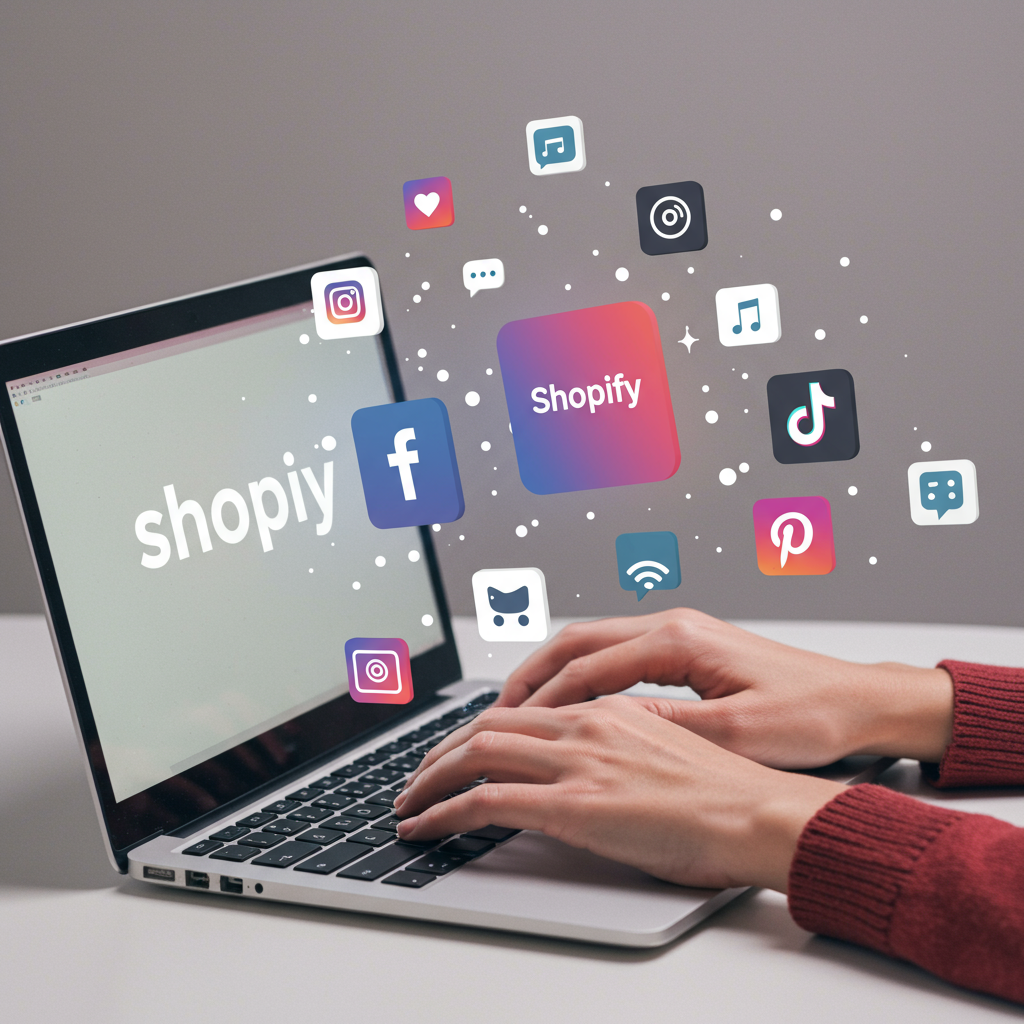Discover my proven strategies for leveraging social media advertising to drive sales and growth for your Shopify store.
As a Shopify merchant, I know firsthand the incredible potential of social media advertising. It’s not just about getting eyes on your products; it’s about connecting with the right customers and turning interest into sales.
In today’s competitive e-commerce landscape, simply having a great Shopify store isn’t enough. You need to actively reach out to your target audience where they spend their time, and for most people, that’s on social media.
I’ve spent countless hours experimenting with different ad strategies, and I’m excited to share my best practices with you. My goal is to help you avoid common pitfalls and maximize your return on ad spend (ROAS).
My first and most crucial piece of advice is to truly understand your audience. Who are you trying to reach? What are their demographics, interests, pain points, and online behaviors?
I always start by creating detailed buyer personas. This isn’t just a theoretical exercise; it helps me craft ad copy and visuals that resonate deeply with potential customers.
Knowing your audience dictates which social media platforms you should focus on. I don’t believe in being everywhere at once; it’s better to master a few platforms where your ideal customers are most active.
For many Shopify stores, Facebook and Instagram (Meta Ads) are non-negotiable. Their robust targeting options and vast user base make them incredibly powerful for product discovery and direct sales.
If your products appeal to a younger demographic or are highly visual and trend-driven, I’ve found TikTok to be an absolute game-changer. Its organic reach and viral potential are unmatched.
Pinterest is my go-to for visually appealing products, especially in home decor, fashion, or DIY niches. It functions more like a visual search engine, and users are often in a buying mindset.
For B2B Shopify stores or high-ticket items, I’ve seen success with LinkedIn ads, though they typically come with a higher cost per click. It’s about quality over quantity in that space.
Once you’ve chosen your platforms, the technical setup is paramount. I always ensure my Shopify store is perfectly integrated with the respective ad platforms’ pixels.
The Facebook Pixel, for example, is indispensable. It allows me to track website visitors, monitor conversions, and build powerful custom and lookalike audiences based on my Shopify store’s data.
I also make sure my product catalog is correctly synced from Shopify to Meta’s Commerce Manager. This enables dynamic product ads, which are incredibly effective for retargeting.
Now, let’s talk about ad creative – this is where your ads truly shine. I prioritize high-quality visuals, whether they are professional product photos or engaging videos.
I’ve learned that authenticity often trumps perfection. User-generated content (UGC) performs exceptionally well because it builds trust and social proof. I actively encourage my customers to share their experiences.
My ad copy is always concise, benefit-driven, and includes a clear call-to-action (CTA). I focus on solving a problem or fulfilling a desire, rather than just listing features.
I constantly A/B test different ad creatives and copy variations. Even small tweaks can lead to significant improvements in click-through rates and conversion rates. Never stop testing!
When it comes to targeting, I leverage every tool available. Lookalike audiences, based on my existing customer list or website visitors, have consistently delivered my best results.
Retargeting is another cornerstone of my strategy. I show specific ads to people who have visited my Shopify product pages but haven’t purchased, reminding them of what they left behind.
I also experiment with interest-based targeting, layering different interests to narrow down my audience to highly specific niches. This helps me find new potential customers efficiently.
Budgeting is an art and a science. I always start with a smaller budget to test campaigns, and only scale up once I see positive ROAS. Don’t throw money at unproven ads.
I closely monitor key metrics like Return on Ad Spend (ROAS), Click-Through Rate (CTR), Cost Per Click (CPC), and Cost Per Acquisition (CPA). These numbers tell me exactly what’s working and what isn’t.
My landing pages are always optimized for conversions. When someone clicks my ad, they land directly on the relevant Shopify product page, which is mobile-responsive and loads quickly.
I ensure the product page clearly displays all necessary information, high-quality images, customer reviews, and a prominent “Add to Cart” button. Frictionless checkout is key.
Regular optimization is non-negotiable. I review my ad performance daily or weekly, pausing underperforming ads, adjusting bids, and reallocating budget to my top performers.
I’ve also found immense value in certain Shopify apps that streamline ad creation, manage UGC, or provide deeper analytics. They can be a significant time-saver and performance booster.
Finally, I always stay informed about ad platform policy changes and data privacy regulations. Compliance is crucial to avoid ad account suspensions and maintain customer trust.
What do you think about these strategies? I’d love to hear your thoughts and experiences with social media advertising for your Shopify store.
By consistently applying these best practices, I’m confident you can significantly improve your social media ad performance and drive substantial growth for your Shopify business.






